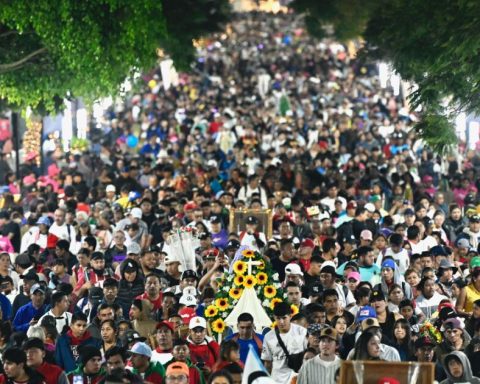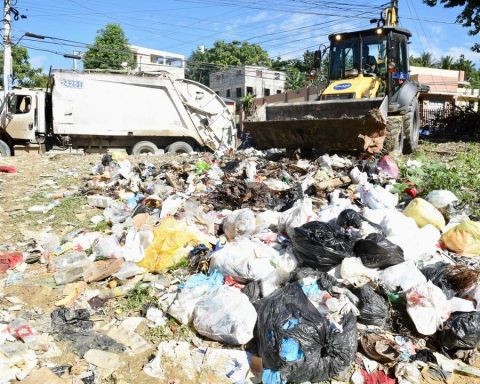Food exports accelerated 3.6%, while industrial supplies increased 2.6%. However, motor vehicle exports fell 3.4% as production continued to be hampered by a global shortage of semiconductors. There were also significant declines in exports of capital goods and other goods.
Imports of goods increased 0.3% to 263.7 billion dollars. They were held back by a 9.9% decline in motor vehicle imports, as well as a 3% drop in food imports. However, there were strong rises in imports of industrial supplies and other goods.
Imports of capital goods also increased, as did those of consumer goods.
Trade has been a drag on gross domestic product growth for six straight quarters and could continue to be this quarter.
Although companies continued to replenish inventories in February, the pace was less frenetic than in the final months of 2021. Wholesaler inventories rose 2.1% after rising 1.1% in January. Retail inventories rose 1.1% in February, following a 1.9% advance in January.
Motor vehicle inventories gained 0.9% after rising 2.5% in January. Excluding motor vehicles, retail trade inventories rose 1.2% after accelerating 1.7% in January. This component enters into the calculation of GDP growth.
Inventory investment accelerated at a strong seasonally adjusted annualized rate of $171.2 billion in the fourth quarter, contributing 4.90 percentage points to the quarter’s 7% growth pace.
Despite February’s increase, inventories are likely to be neutral to GDP growth this quarter as they would need to rise at a similar pace to the fourth quarter to contribute to growth. GDP growth estimates in the first quarter are mostly below the 1% pace.













